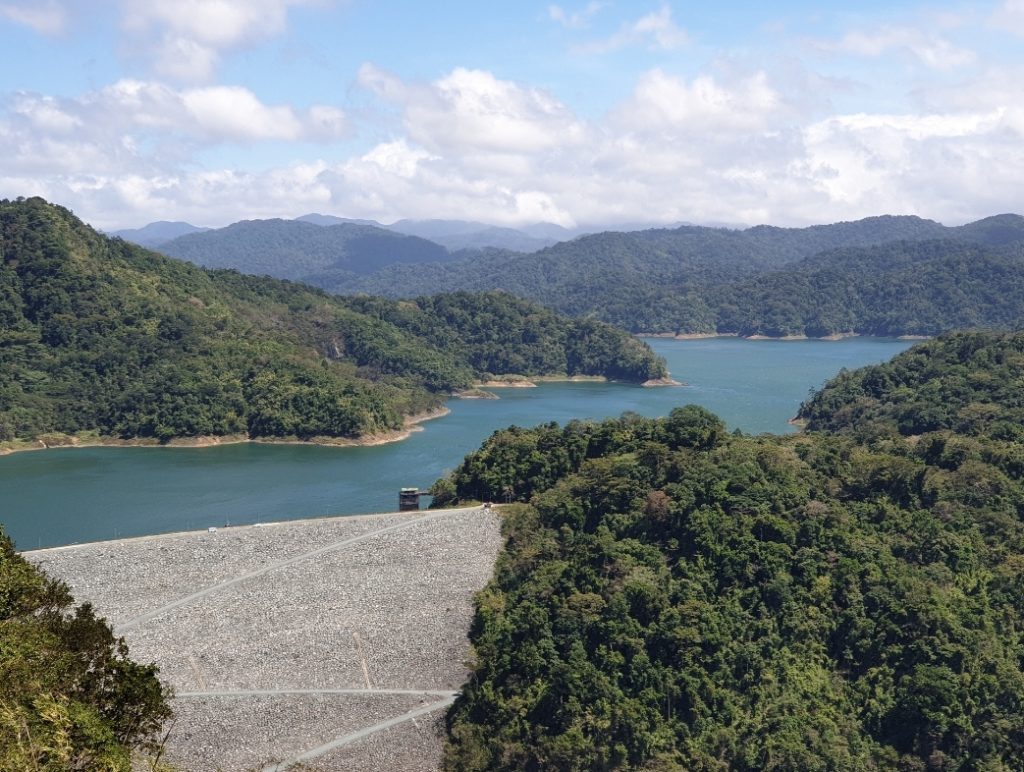Have you ever wonder about the source of our water supply in Metro Manila? I bet not all of us here in the metropolis know that we get our raw water stock from Angat Dam. And maybe not all of us know where the water reservoir is located.
I’m glad to learn more about Angat Dam during a trip to Norzagaray, Bulacan a few days ago. The place is less than two hours away from Quezon City and is tucked in the preserved area called Angat Rainforest and Ecological Park or AREP.
It was an honor to set foot in Angat’s view deck and the water reservoir area, because only the privilege few and the personnel can enter the place.
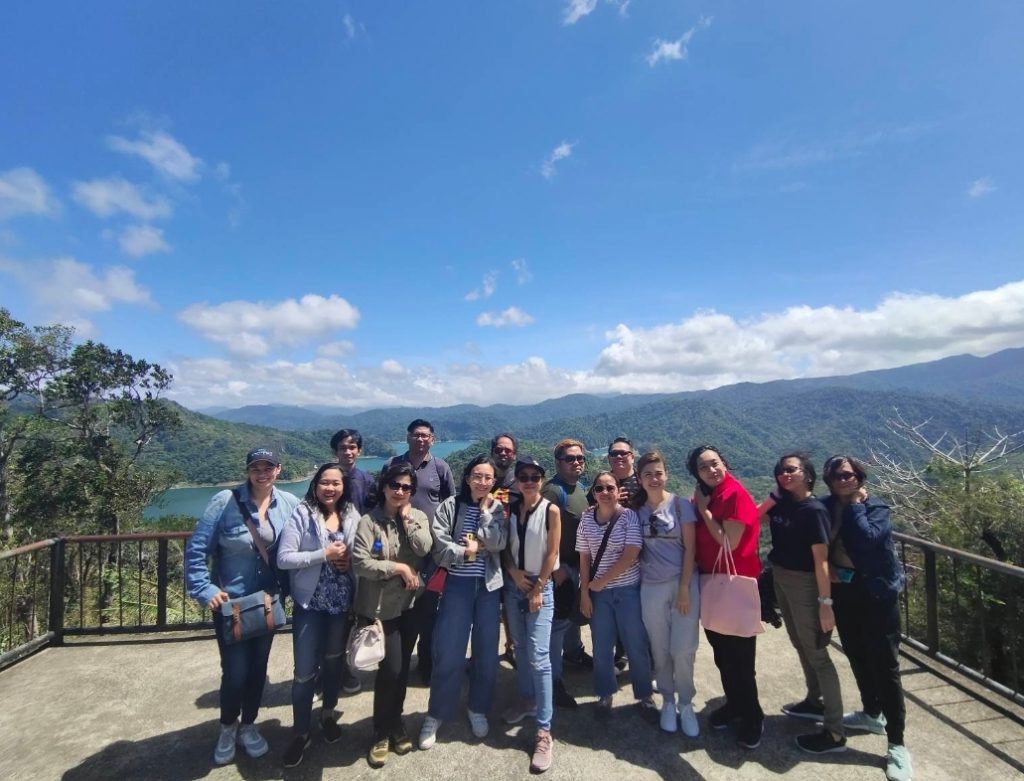
Here are some of the information I learned from Engr. Rodel Tumandao, Water Source Head of Maynilad.
· Water from Angat Dam is classified by DENR as Class A water.
· The Angat Dam’s minimum operating level is 180 meters, but as of February 28, 2020, it is at 202 meters. While this is above the minimum, it is still not at the ideal level, particularly because the dry season is coming.
· The water reservoir underwent strengthening to withstand the so-called “Big One” or the magnitude 7 earthquake, since part of the area is under the West Valley fault line.
· The size of Angat Rainforest and Ecological Park is 6,600 hectares, consisting of the water reservoir and the hydroelectric power plant.
· Basically, Angat Dam is the only major source of raw water for Metro Manila. It is also used for irrigation in Bulacan, Pampanga and Tarlac, area and for power generation.
To continue, the water from Angat Dam goes through Ipo Dam before reaching the facilities of water concessionaires, Maynilad and Manila Water.
Before we finally descend back to the metropolis, we also visited Ipo Dam, where we feast and rest for a while.
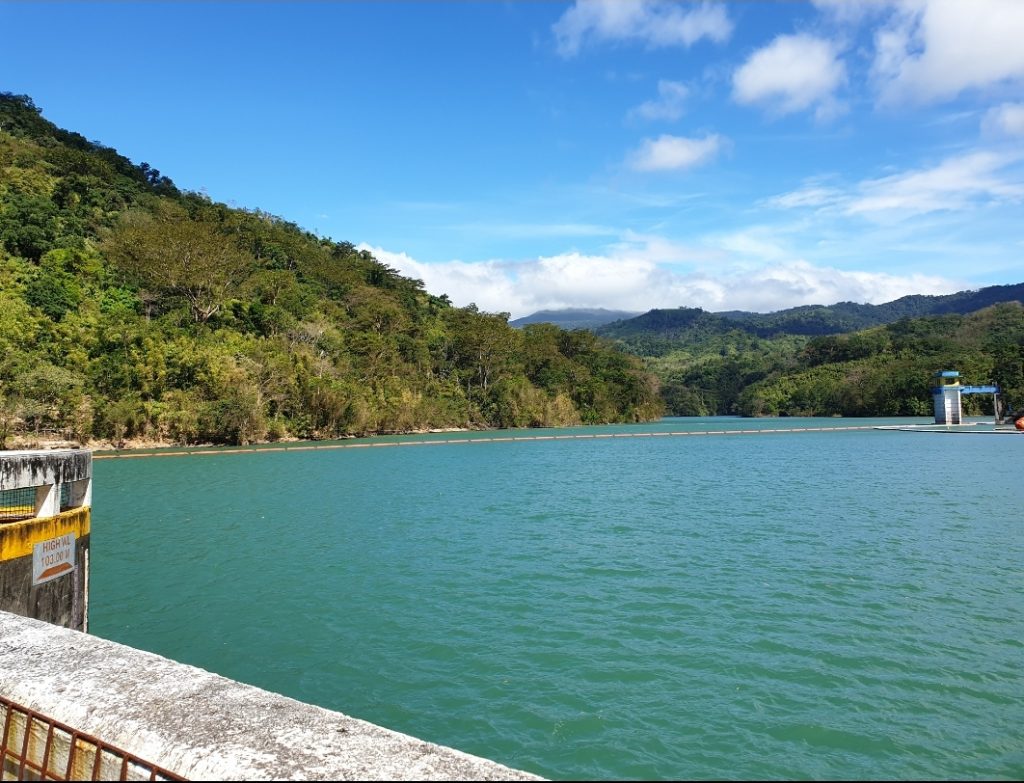
Here are some information I learned about Ipo Dam.
· Technically, Ipo is still part of Angat River, but it was named based on the place, hence it was known as Ipo Dam.
· The maintaining level in Ipo Dam is 101 meters.
· Ipo dam was developed not to store water but to divert it. The water in Ipo Dam is diverted to the direction going to Novaliches, Quezon City area.
From Angat Dam to Ipo Dam, the water is divided between the water concessionaires. Sixty percent (60%) goes to Maynilad because of its bigger customer base, and forty percent (40%) goes to Manila Water.
The water for Manila Water goes to La Mesa Dam, then to Balara Treatment Plant while the water for Maynilad goes straight to its La Mesa Treatment Plants 1 & 2. To be clear, Maynilad does not get any water from La Mesa Dam.
Maynilad has a rigorous process to convert the raw water from Angat Dam to potable drinking water for its consumers.
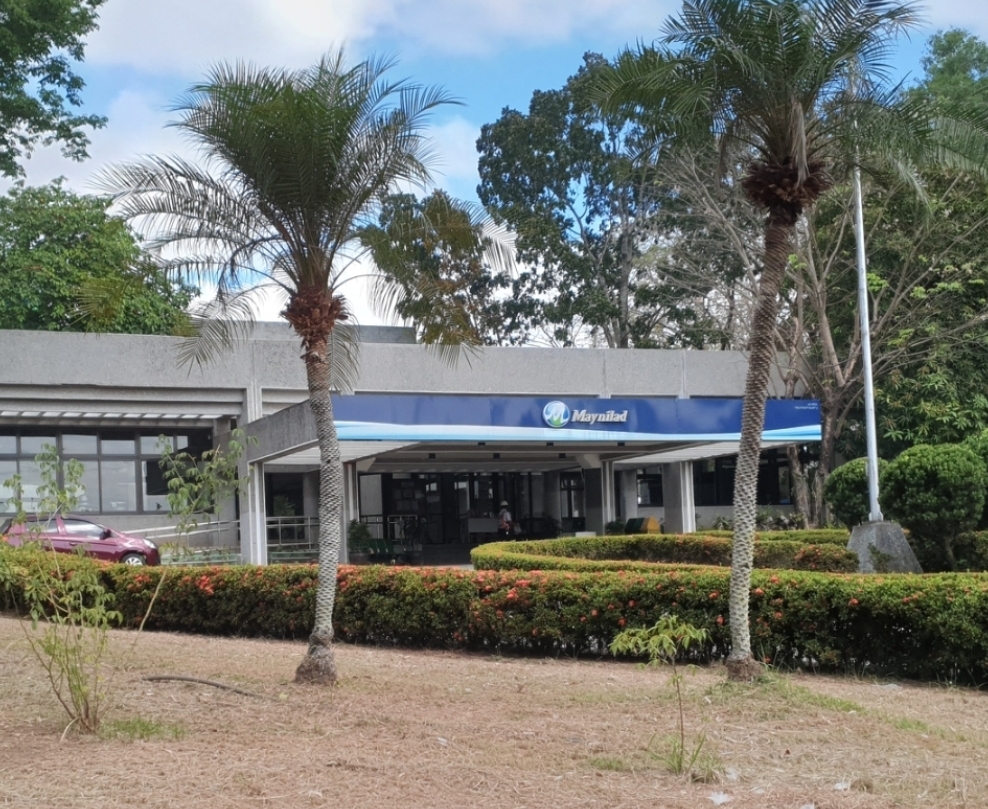
The raw water is screened as it enters the facility tunnel. From here, big elements like leaves, log debris, and even fish are removed.
Then the water undergoes several processes to make it fit for human consumption, There is the flocculation process where large particles continue to combine and sink in the water. It is removed by using polymers. Then the water still goes through the coagulation process, sedimentation, and another filtration using layers of sand. Chlorination is done to kill any harmful organisms left before the clean water is pumped to our water pipes for consumption.
The Maynilad Water Treatment Plants in La Mesa produces 2,400 million liters of water per day.
After the educational trip, I realized that it is not easy to have potable water supply, especially if the source of raw water is depleting or getting scarce due to climate change.
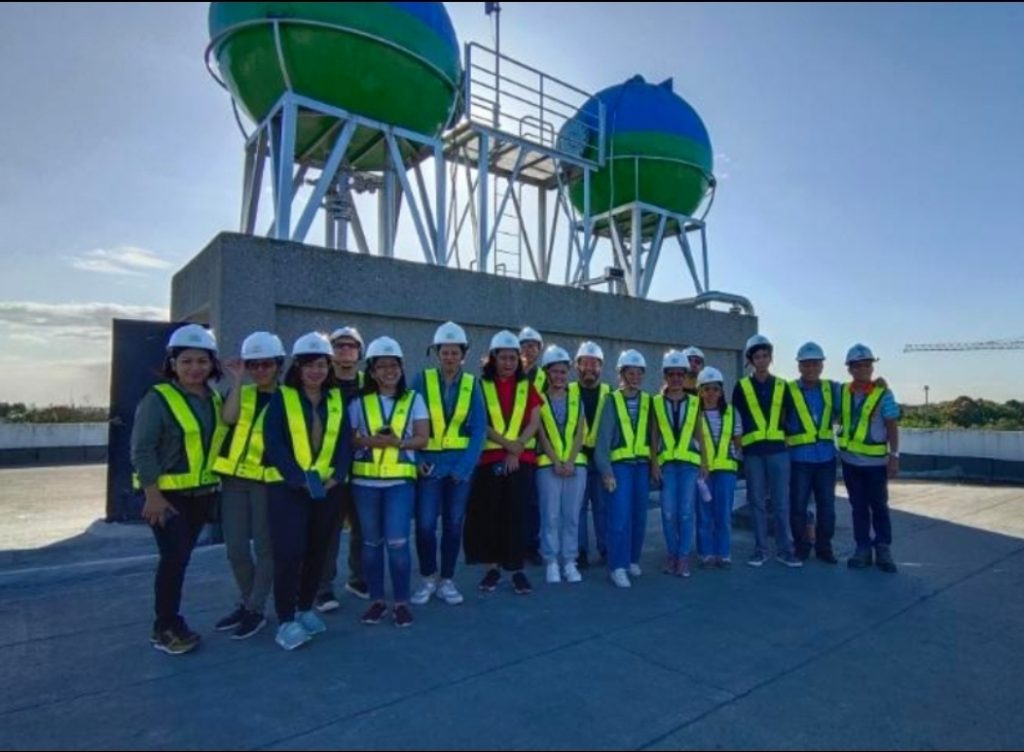
Like Maynilad, I don’t want to experience again the water problem we encountered summer of 2019, where raw water from Angat Dam reached its lowest level, thus the potable water supply in Metro Manila became very limited. Now I understand why we are still experiencing daily rotational water interruption at present. In the area where I live, it starts by 4pm to 5am.
Maynilad explained that they have to enforce the rotational water interruption because the National Water Resources Board or NWRB reduced the allocation for MWSS by 42 cubic meters per second (cms), compared to the normal 48 cubic meters per second (cms). In short, it is the government that dictates the water allocation given to water concessionares like Maynilad, and the latter has no control about it. They just have to distribute their water produce and make sure that all their customers will have water supply, even for just a few hours daily.
However, today, I am thankful upon learning that Maynilad is doing something so that consumers like me will still have enough, if not abundant, water supply this coming summer amidst the looming problem of raw water shortage.
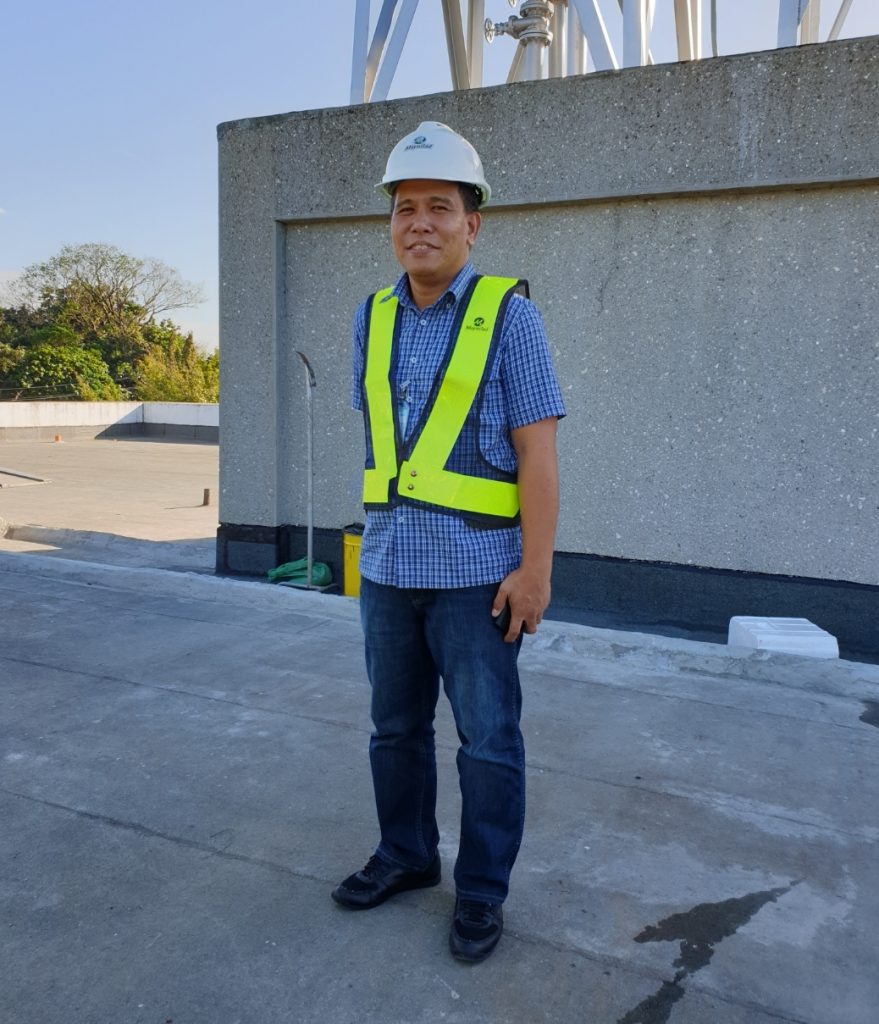
Maynilad Supply Operations Head, Engr. Ronaldo Padua, shared the actions made by Maynilad and their plans to mitigate reduced raw water allocation. Among them are the following:
– Since 2010, they invested and built a sophisticated water treatment facility in Laguna Lake. They are the first water utility to source raw water from Laguna Lake and process it to serve customers in Muntinlupa, Las Piñas, Parañaque, and Cavite areas. The Putatan Water Treatment Plant produces 150 million liters of water daily.
– Last year they opened a second Putatan Water Treatment Plant, which also taps Laguna Lake, thus adding another 150 million liters of water per day for distribution to customers. The good news, they are about to start building their third water treatment plant in the area.
– Maynilad is also planning to tap the rivers in Cavite to get additional raw water supply.
– Lastly, Maynilad is reactivating the use of their old deep wells.
All of the above measures will help to augment the supply deficit from Angat and Ipo Dams.
Before capping the day, Engr. Padua reminded us to be a responsible water consumer and practice how to use water efficiently. This way, we can contribute and help lessen the effect of the current water shortage.
